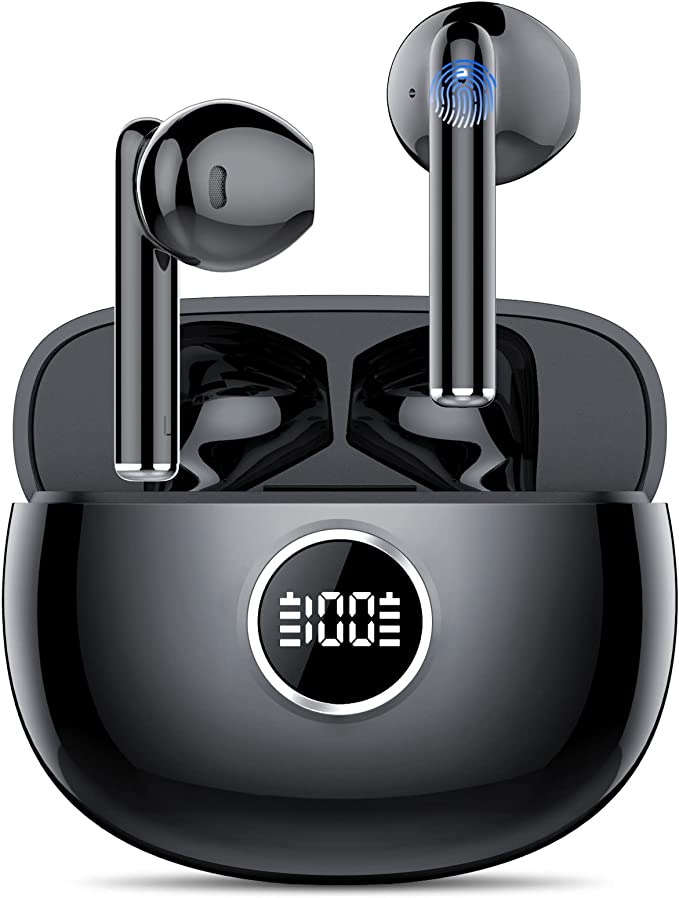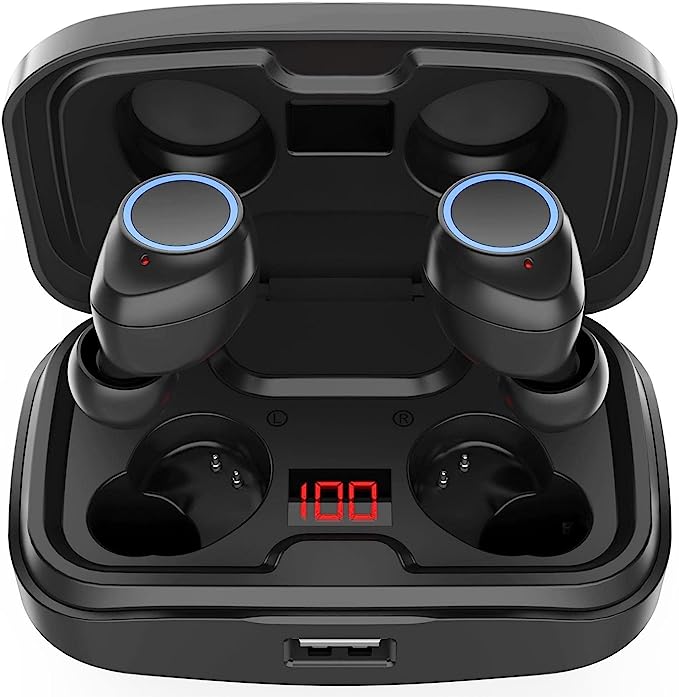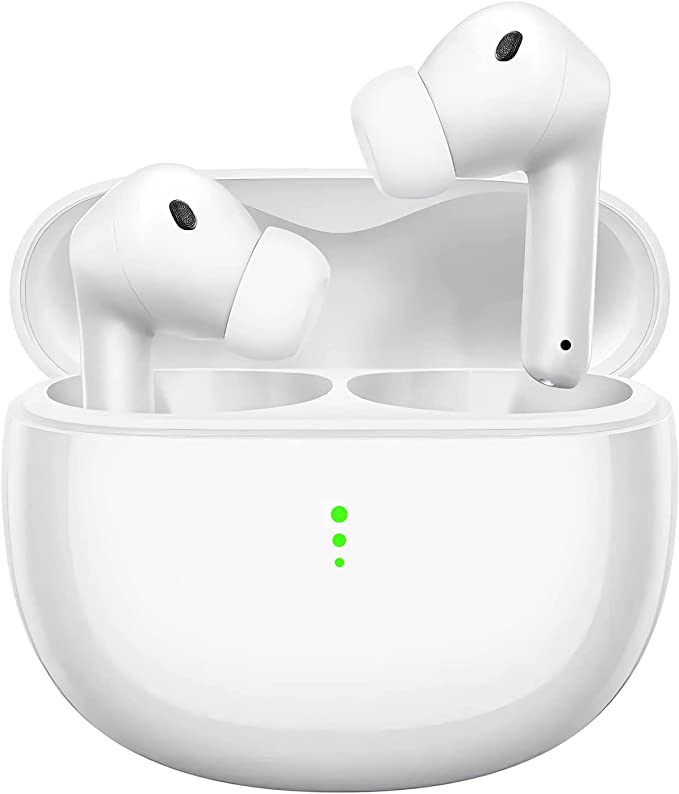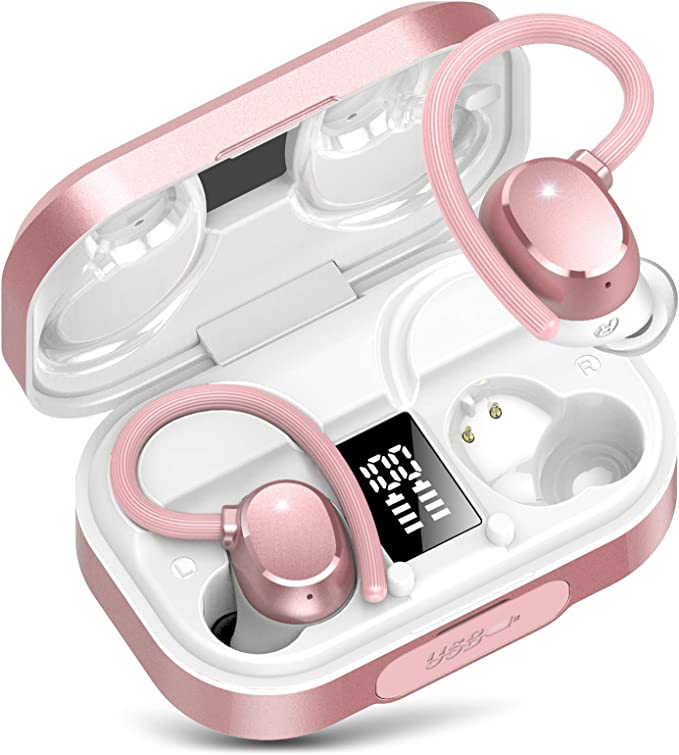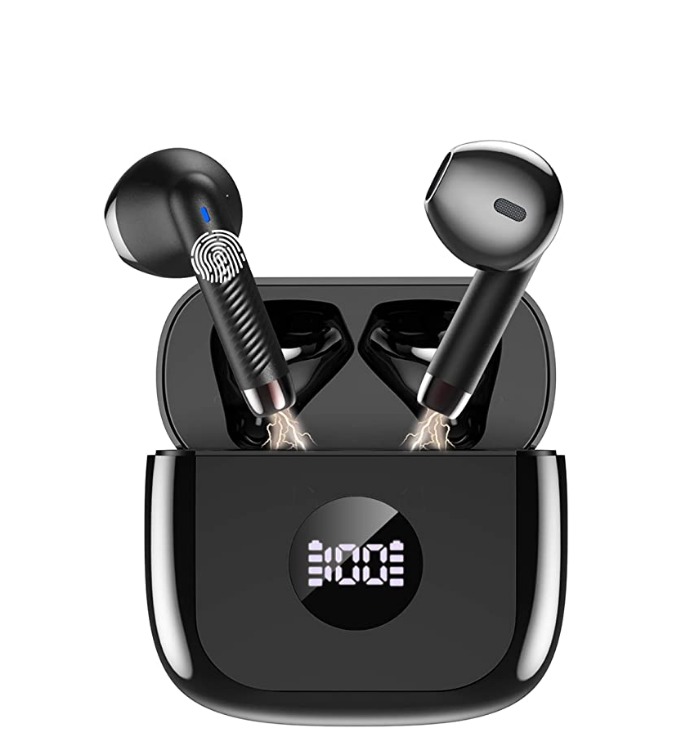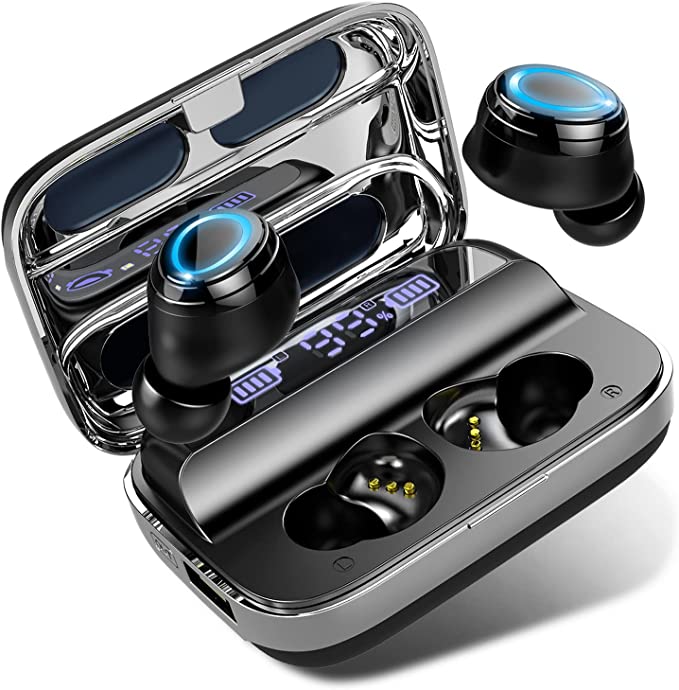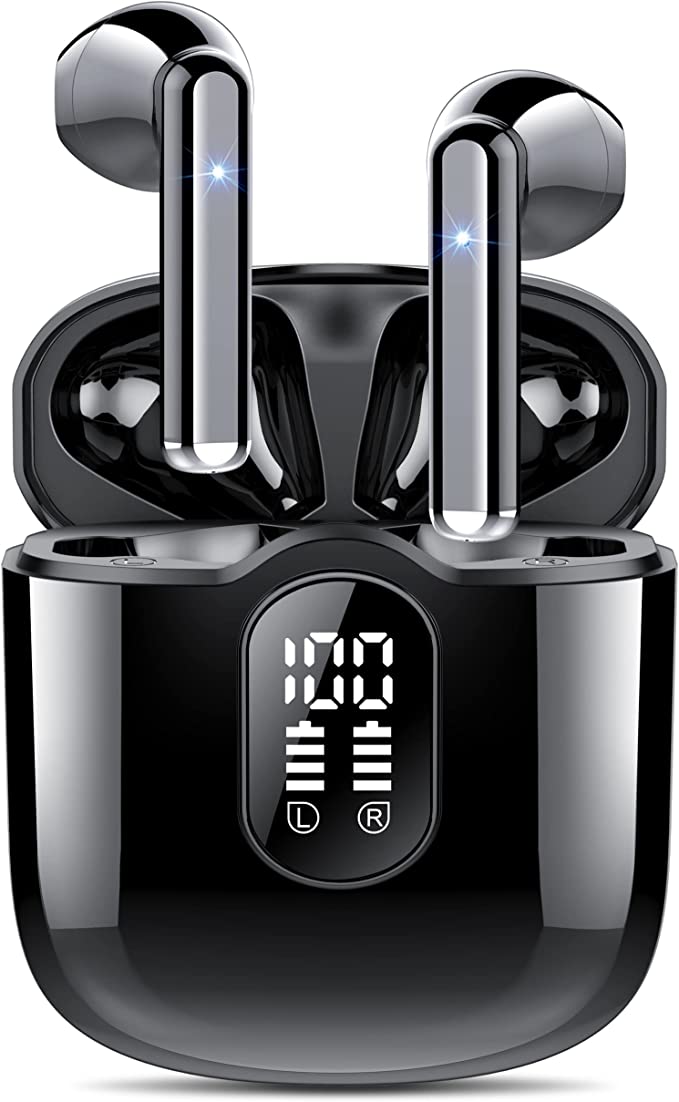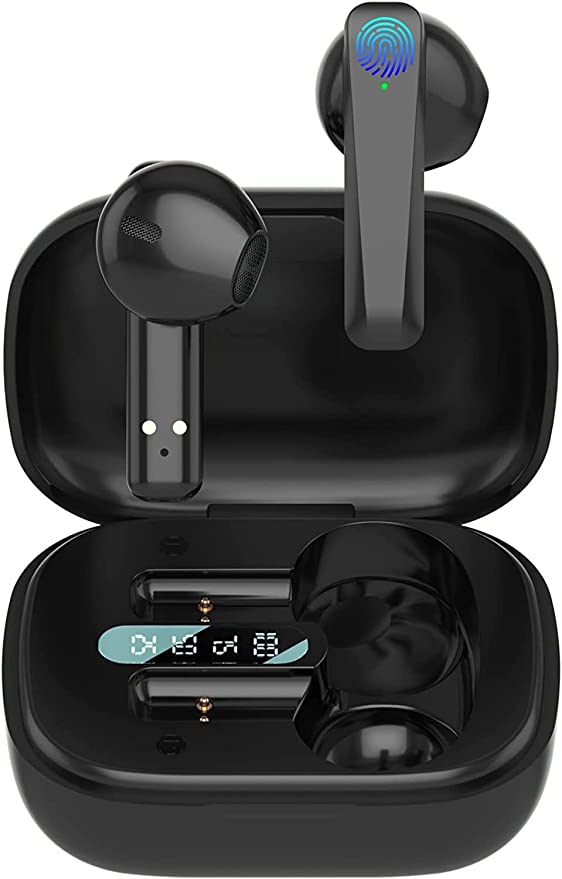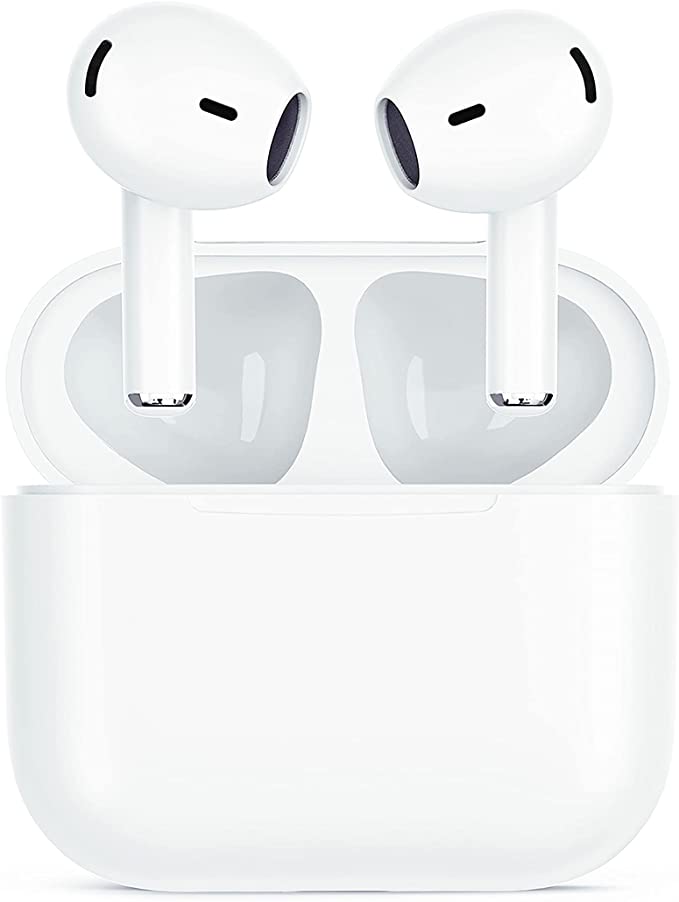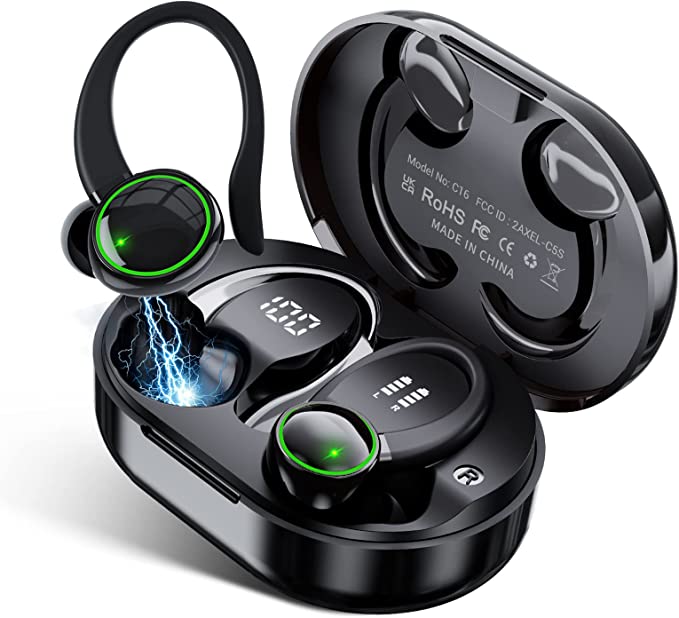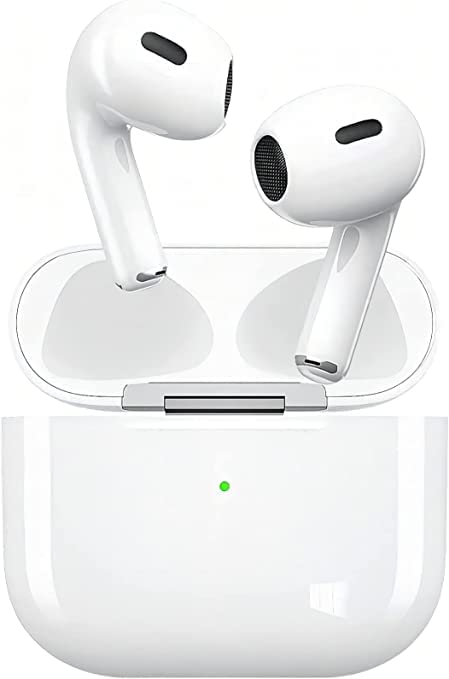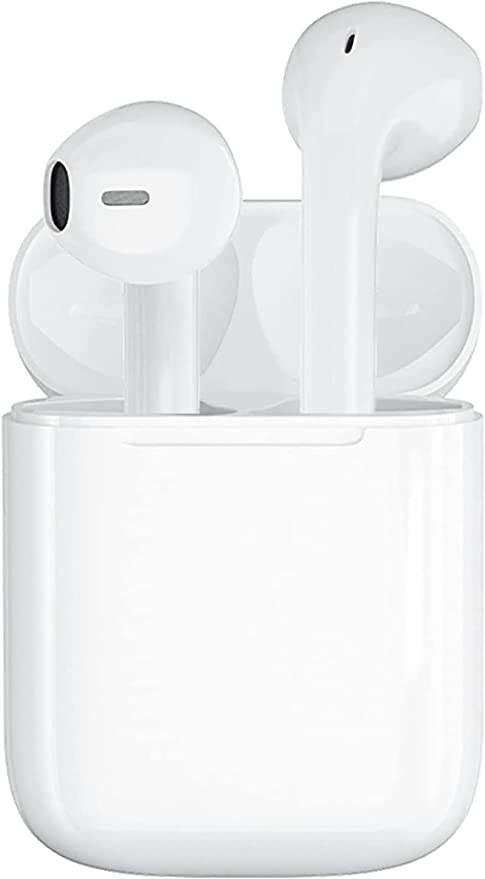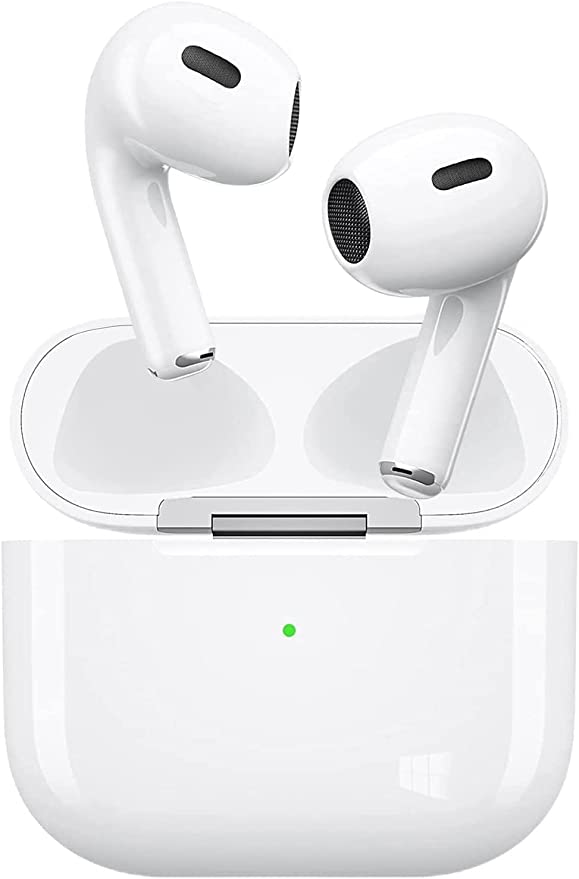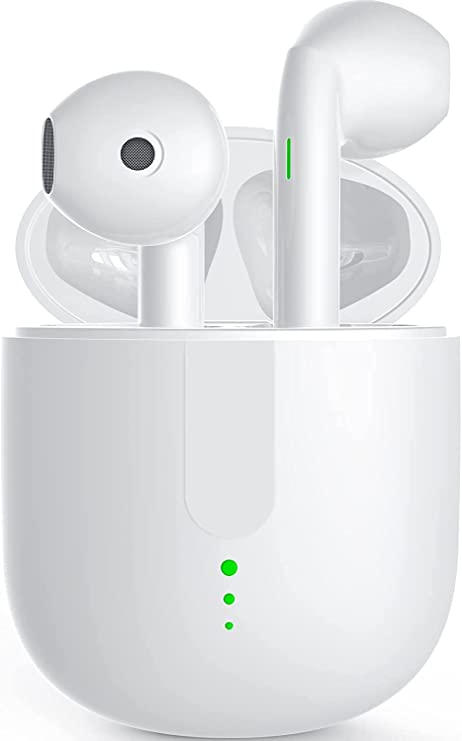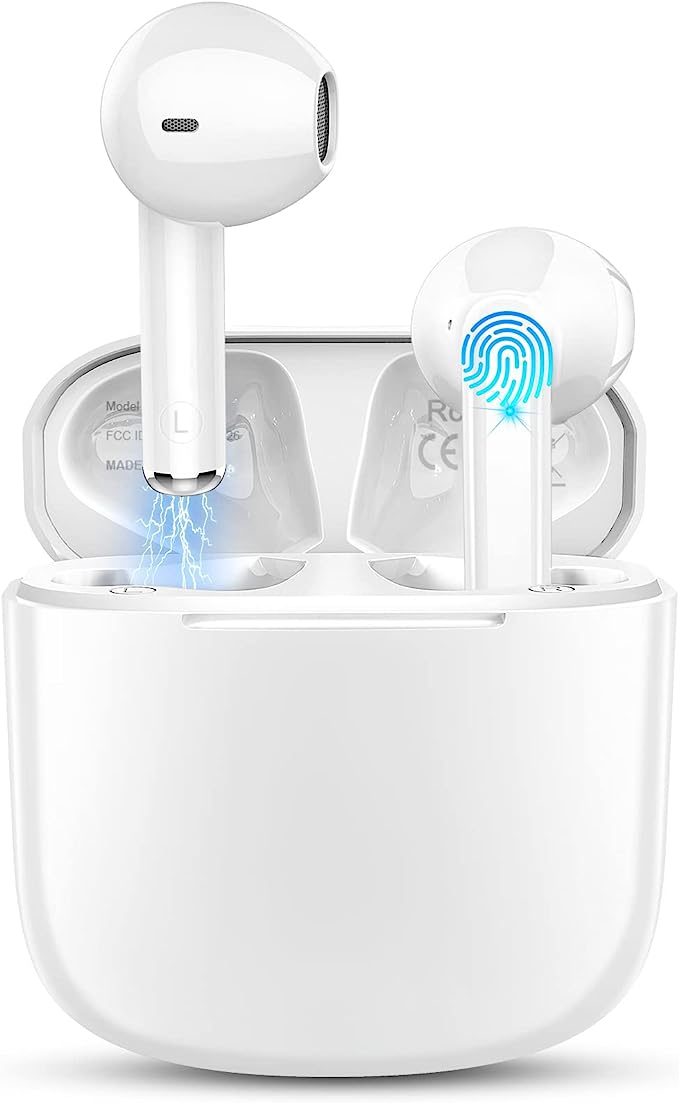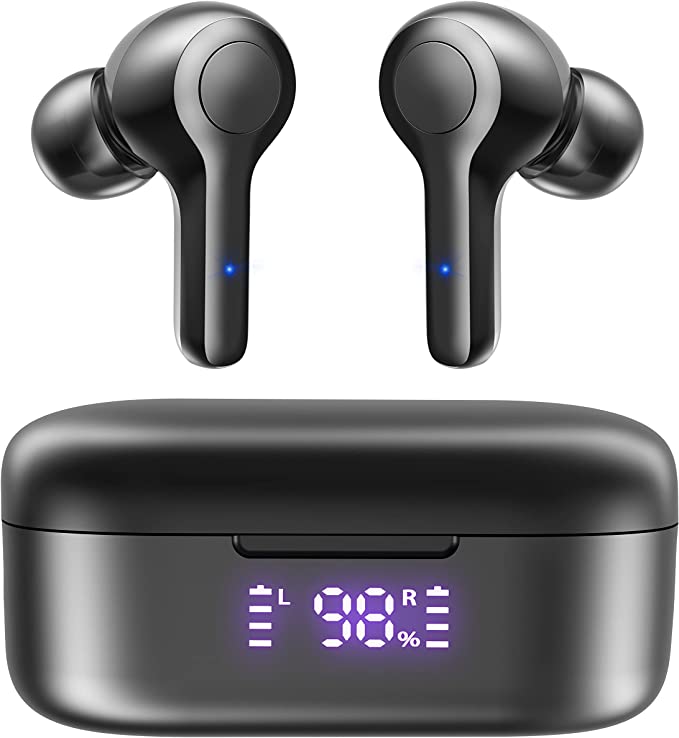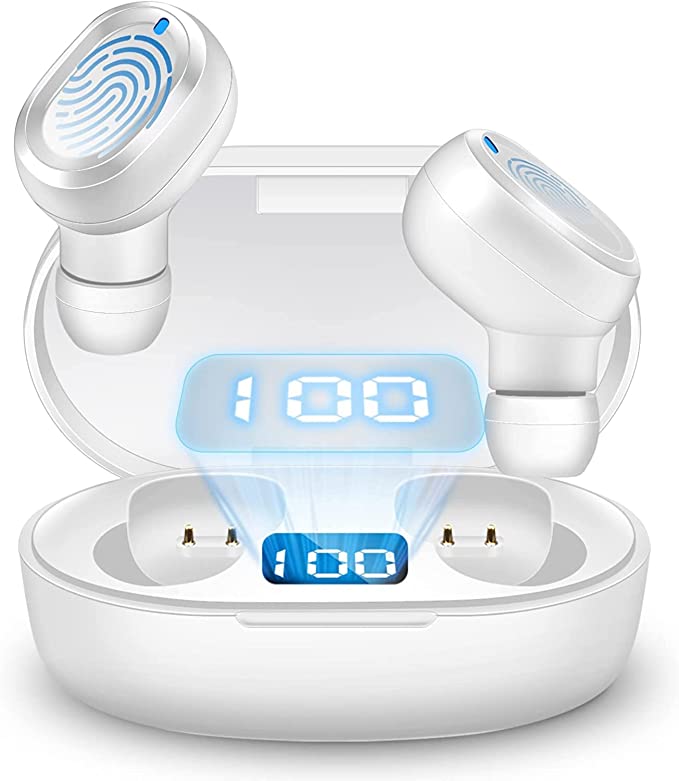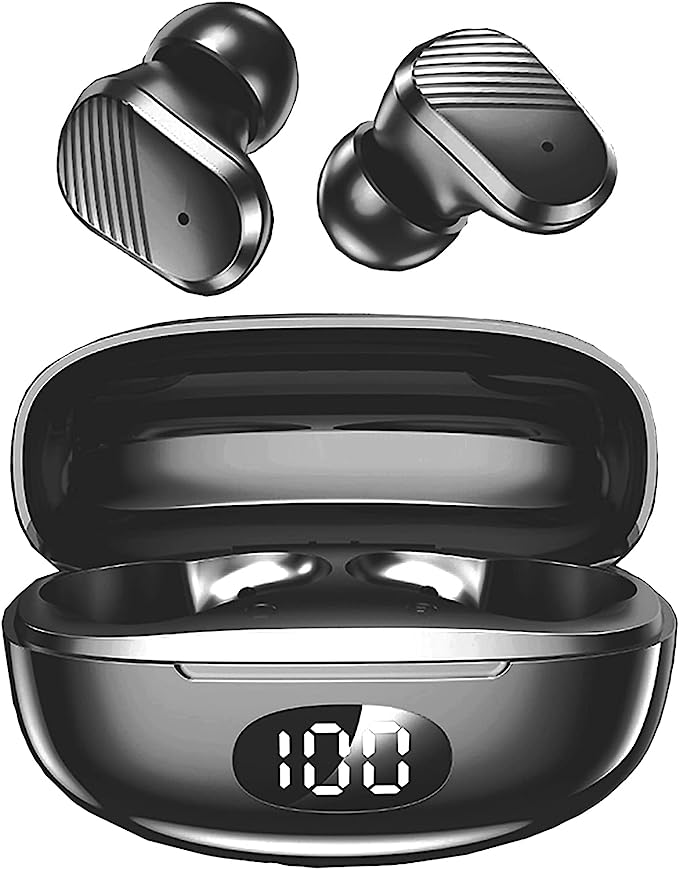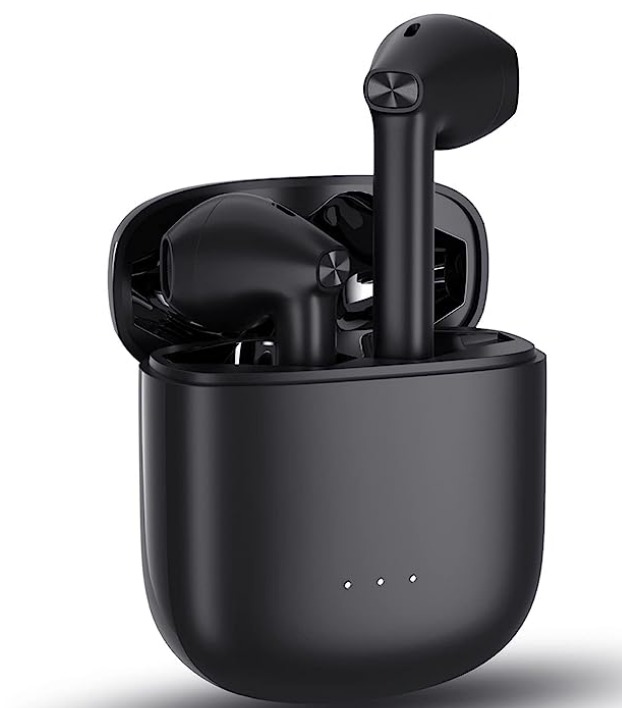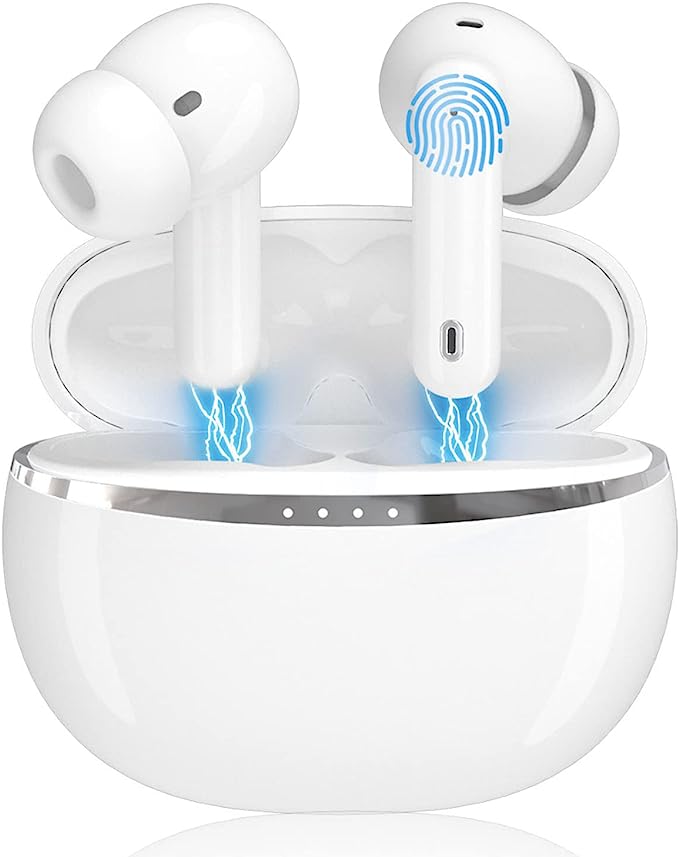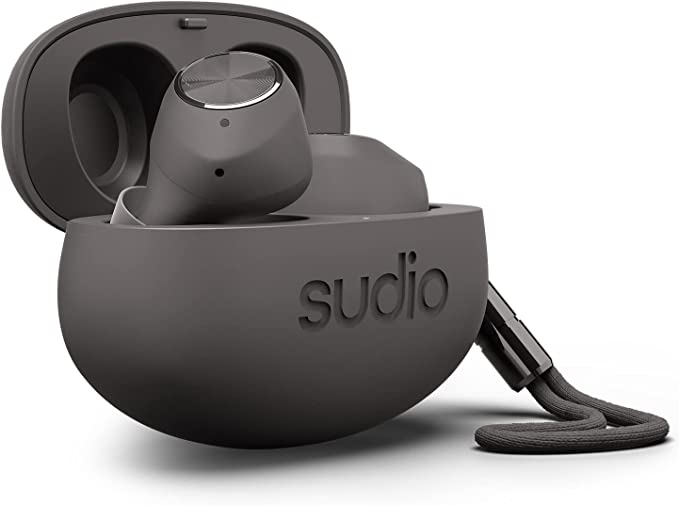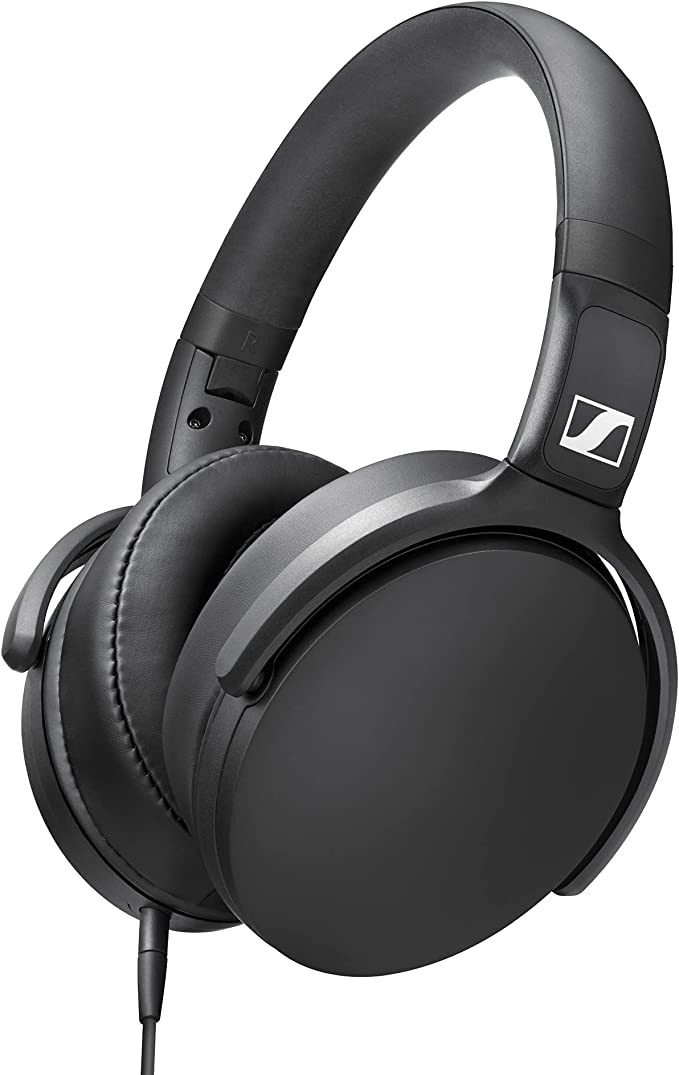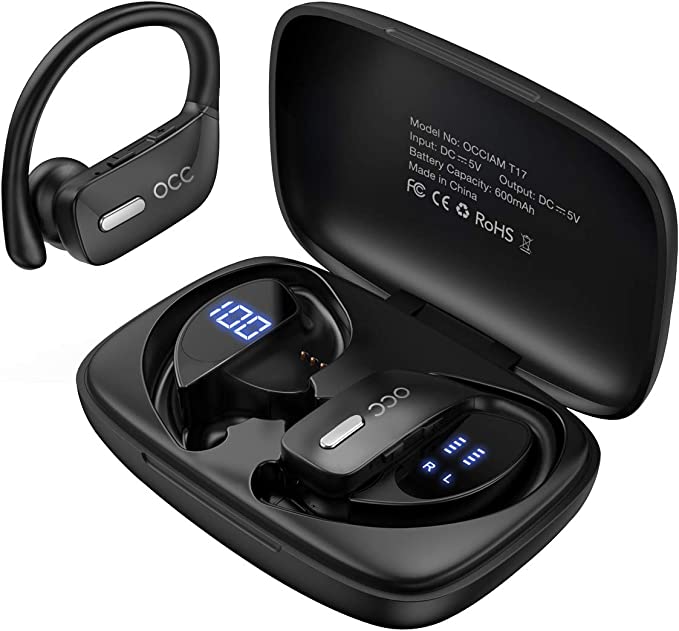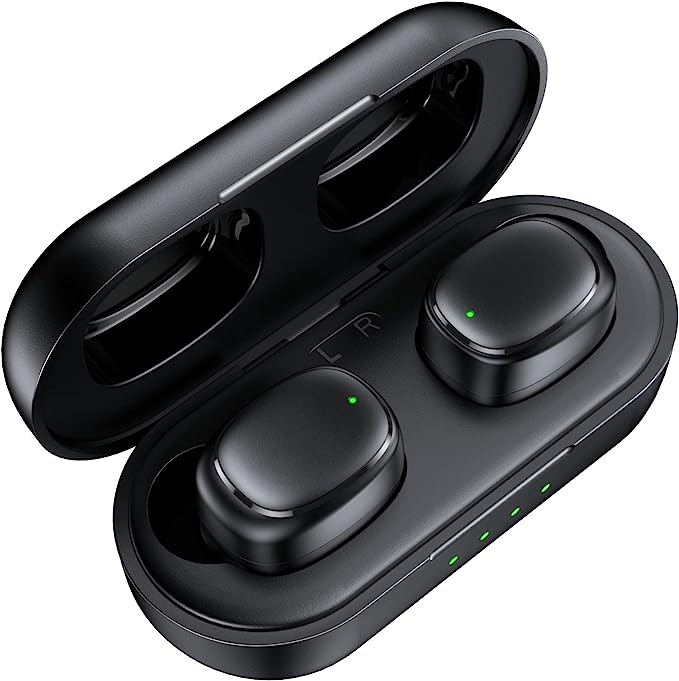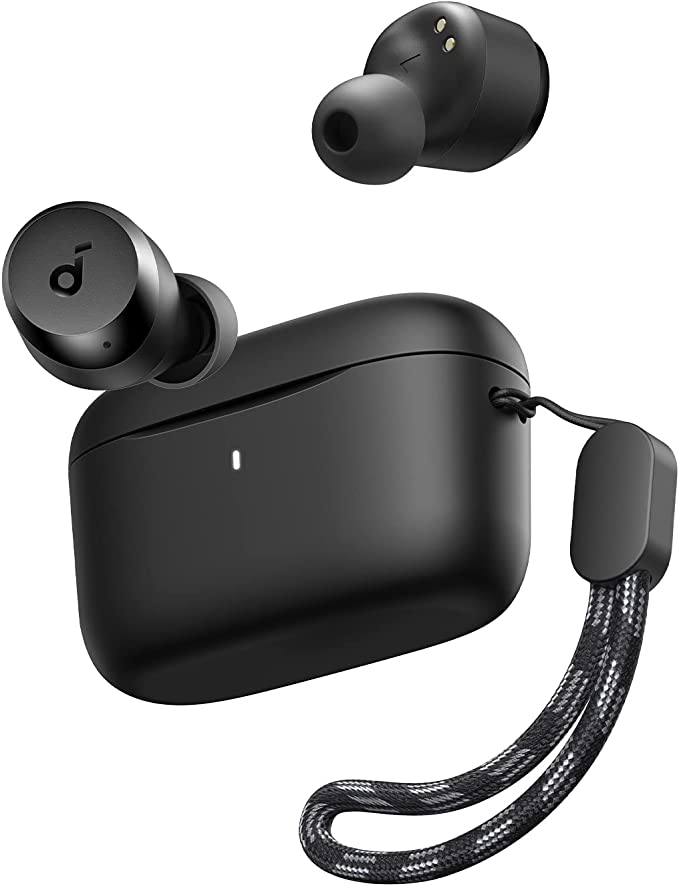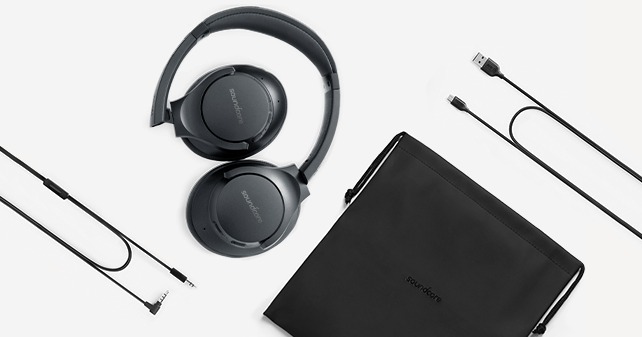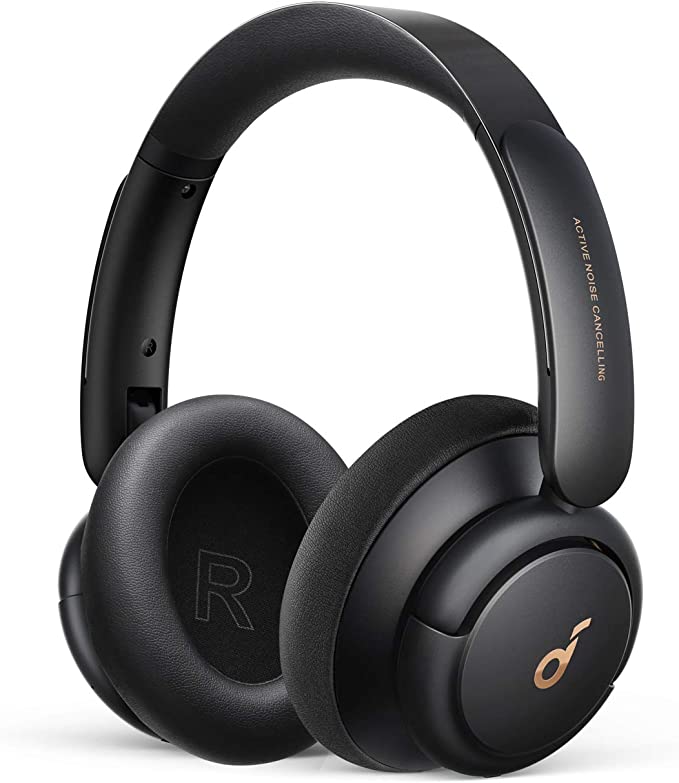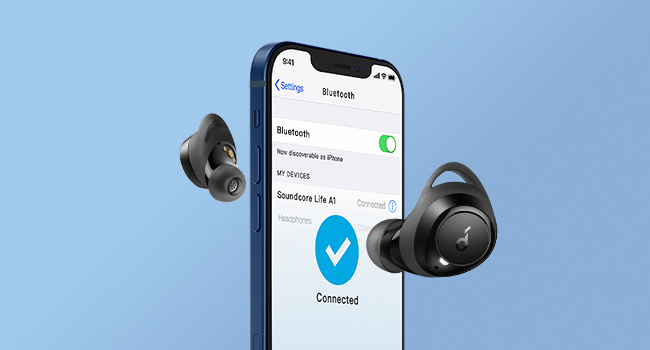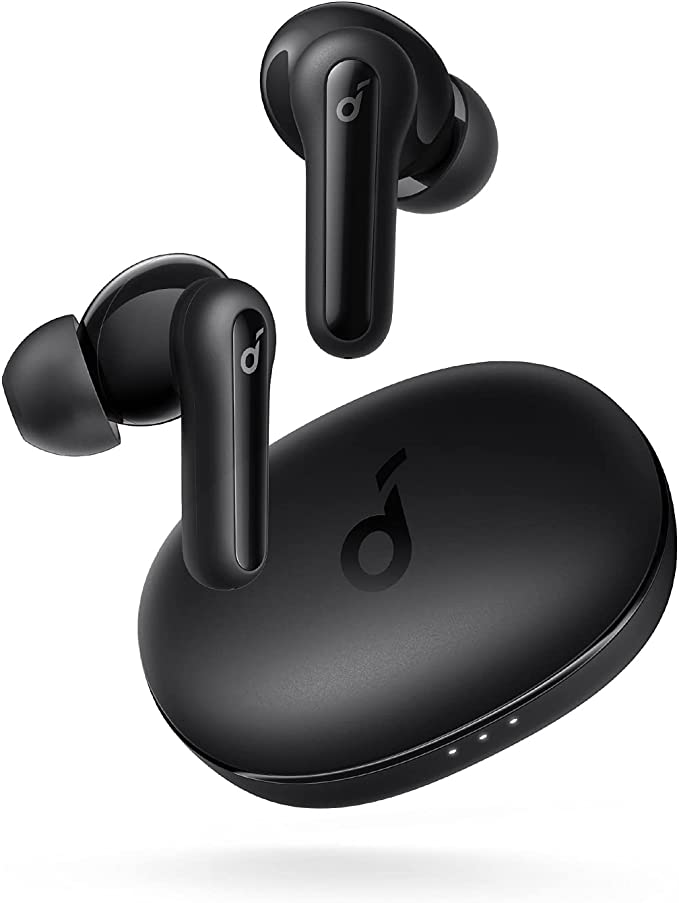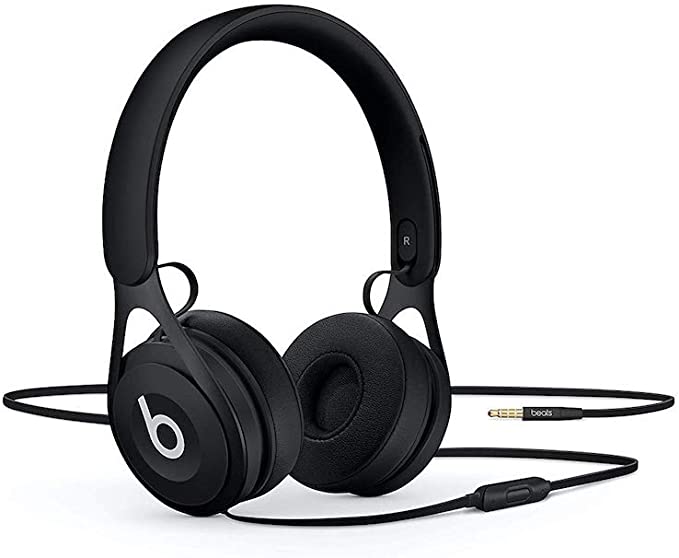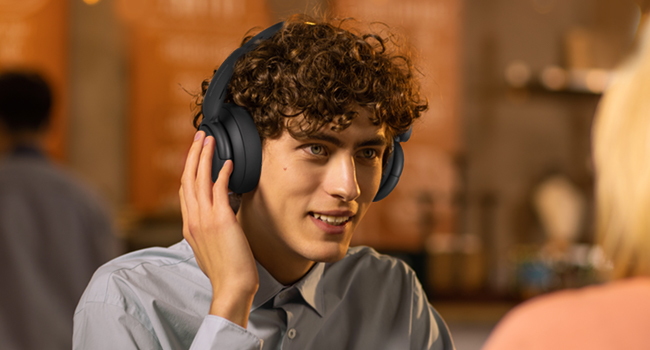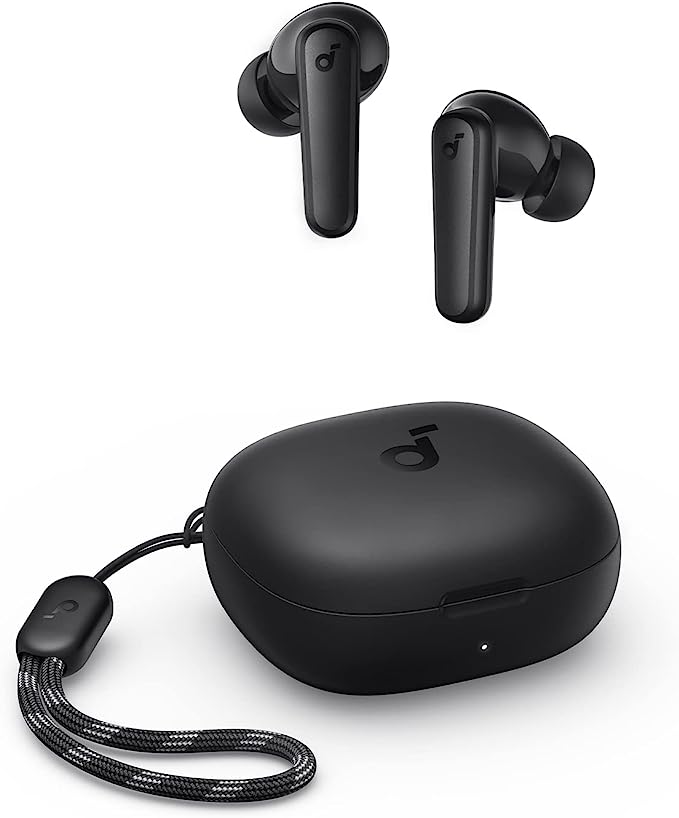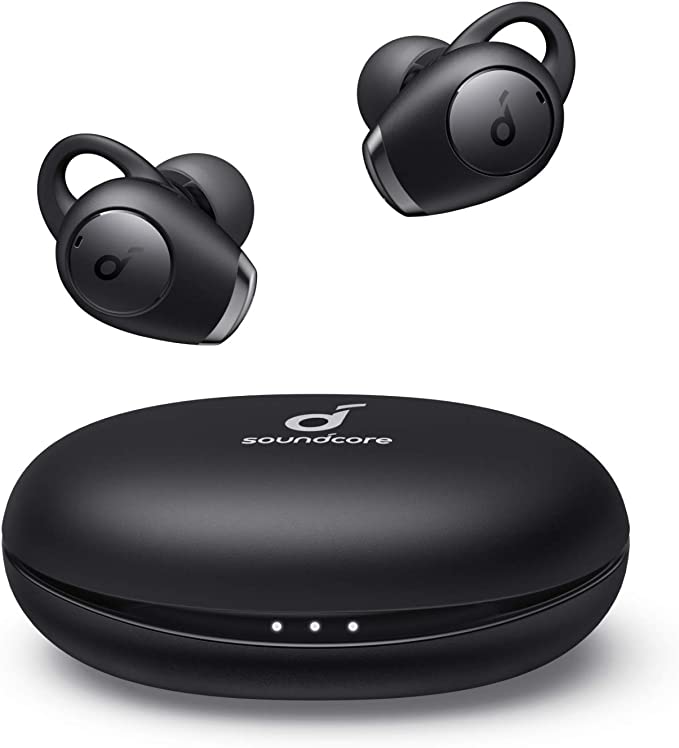Mhvewi Wireless Earbuds: Budget Buds with Mediocre Performance
Update on April 13, 2025, 8:47 a.m.
Stepping into the world of wireless earbuds can feel like navigating a tech jungle. Buzzwords fly thick and fast: Bluetooth 5.3, IPX7, Noise Cancelling, 3D Stereo… What does it all mean? It’s easy to get lost, and even easier to end up with a pair that promises the world but delivers disappointment.
Take, for instance, budget-friendly options you might see online, perhaps like the “Mhvewi Wireless Earbuds” model described in a listing claiming features like Bluetooth 5.3, Noise Cancelling, and IPX7 waterproofing. These specs sound impressive on paper, especially at a lower price point. But understanding what lies behind these labels is crucial before you click “add to cart.”
My goal here isn’t to review any specific product. Instead, let’s put on our tech-detective hats together. We’ll use the kinds of features claimed by such budget earbuds as a launchpad to explore the science and reality behind the specs. Think of this as your personal decoder ring for wireless audio tech. Armed with knowledge, you can cut through the hype and make choices that genuinely suit your needs and ears.

Untangling the Connection: What Bluetooth 5.3 (Really) Offers
Bluetooth is the invisible magic that frees our music from wires. You’ll see version numbers attached, like Bluetooth 5.0, 5.2, or, as claimed in our example, 5.3. Does a higher number automatically mean a better experience? Well, it’s a bit more nuanced than that.
The Promise of Newer Bluetooth: Generally, each major Bluetooth iteration (starting significantly with version 5.0) aims to improve upon the last. Compared to older standards like Bluetooth 4.x, versions like 5.3 are designed to offer potential benefits:
- Wider, Smoother Data Highway: Think of Bluetooth as a highway for data between your phone and earbuds. Newer versions like 5.3 aim to build a wider, more efficient highway. This translates to the potential for more stable connections (fewer frustrating dropouts, especially in crowded areas with lots of signals), possibly longer range, and better power efficiency, which can mean longer listening time per charge.
- Subtle Refinements: Bluetooth 5.3 specifically introduces tweaks for even better efficiency, potentially quicker switching between devices, and improved performance in interference-heavy environments.
The Reality Check – Why Version Isn’t Everything: Here’s the crucial part: simply having “Bluetooth 5.3” on the box doesn’t guarantee flawless performance. The actual connection quality heavily depends on how well the manufacturer implemented it. Factors like:
- Antenna Design: A poorly designed antenna can cripple range and stability, regardless of the Bluetooth version.
- Chipset Quality: The specific Bluetooth chip used matters.
- Software Optimization: How the software manages the connection is critical.
- Your Environment: Walls, distance, and other wireless signals still play a role.
You might have experienced this yourself – perhaps with budget earbuds that promised the latest Bluetooth but still suffered from annoying cut-outs when you put your phone in your back pocket or turned your head. While Bluetooth 5.3 provides a better foundation, the overall build quality and engineering determine if you get a rock-solid connection or a temperamental one. So, see the version number as a starting point, not the finish line.

Silence the Noise? Unpacking Noise Isolation vs. Active Noise Cancellation (ANC)
This is perhaps the most confusing – and sometimes misleading – spec of all. Many earbuds, especially affordable ones like the Mhvewi example claiming “Noise Cancelling,” might not be delivering what you expect. Let’s clear the air. There are two main ways earbuds combat external noise:
1. Passive Noise Isolation: The “Earplug Effect”
This is achieved purely through the physical design. In-ear earbuds, by their very nature, create a seal inside your ear canal. Think of it like wearing high-tech earplugs. This physical barrier blocks a certain amount of external sound from entering your ear.
- How it Works: It’s simple physics. The better the seal, the more outside noise (especially mid-to-high frequency sounds like chatter) gets muffled.
- Key Factor: The effectiveness hinges entirely on getting a good fit. This is why most earbuds come with multiple sizes of silicone or foam ear tips. Finding the right size for your ears is critical for maximizing passive isolation (and also for bass response!).
- Is it “Noise Cancelling”? Technically, it isolates you from noise, but it doesn’t actively cancel it.
2. Active Noise Cancellation (ANC): The Electronic Silencer
This is where the real tech magic happens. True ANC is an active electronic process:
- How it Works: Tiny microphones on the outside of the earbuds listen to the surrounding ambient noise (like the drone of a plane engine or the hum of an air conditioner). A processor inside the earbud instantly analyzes this noise and generates an opposite sound wave – think of it as “anti-noise.” When the original noise wave and the anti-noise wave meet at your ear, they effectively cancel each other out. It’s like adding +1 and -1 to get zero.
- What it Excels At: ANC is most effective against constant, low-frequency sounds. It’s less effective at blocking sudden, sharp noises or higher-frequency sounds like voices (though good passive isolation helps here).
- Requires Power: ANC needs processing power and dedicated microphones, which consumes extra battery life.
The Budget “Noise Cancelling” Trap: Here’s the warning: many lower-priced earbuds labelled “Noise Cancelling” rely primarily or solely on passive noise isolation. While a good seal is definitely beneficial, it’s not the same as sophisticated ANC. Sometimes, budget ANC implementation can be weak, barely noticeable, or even introduce an uncomfortable “pressure” feeling in the ears. If you see “Noise Cancelling” on a budget product (especially one with very low user ratings for that specific feature, as hinted at in our example’s data), be skeptical. Ask: Is it Active Noise Cancellation? If so, how effective is it likely to be at this price point? Look for independent reviews if possible.

Built for Adventure? Decoding the IPX7 Waterproof Rating
Whether you’re a gym enthusiast sweating buckets or just someone who doesn’t want to panic if caught in a downpour, the “IP” rating is your guide to an earbud’s resilience against the elements. Our example claims IPX7. Let’s decode that.
Understanding the IP Code: “IP” stands for Ingress Protection. It’s a standard defined by the International Electrotechnical Commission (IEC). The code usually has two digits after “IP”:
- First Digit: Rates protection against solid objects (like dust). An “X” means it hasn’t been rated for dust protection.
- Second Digit: Rates protection against liquids (water). This is usually the number people focus on for earbuds.
IPX7 Deep Dive:
- X: No specific dust rating provided.
- 7: This indicates a high level of water protection. Specifically, the standard mandates that the device can withstand being submerged in up to 1 meter (about 3.3 feet) of fresh water for up to 30 minutes without harmful ingress.
What IPX7 Means in Real Life:
- Sweat is No Sweat: Rigorous workouts? No problem. IPX7 provides ample protection against sweat.
- Rainy Day Companion: Getting caught in the rain won’t harm them.
- Accidents Happen: Accidentally dropping them in a sink or puddle? Quickly retrieve them, dry them off, and they should be fine.
Important Limitations – What IPX7 Is NOT:
- Not for Swimming: Don’t take IPX7 earbuds for a swim. Prolonged immersion, water pressure at depth, and pool chemicals are beyond the rating.
- No Hot Showers or Saunas: Steam and high temperatures can compromise the seals.
- Salt Water is a No-Go: Salt water is corrosive and not covered by the standard fresh water test.
- High-Pressure Water: Avoid spraying them directly with powerful jets of water.
Think of IPX7 as robust protection against everyday water hazards and intense sweat, but not an invitation for aquatic sports. It adds peace of mind for active users and clumsy moments.
Beyond the Spec Sheet: What Else Truly Matters
While understanding Bluetooth versions, noise handling, and IP ratings is vital, a great pair of wireless earbuds is more than the sum of its specs. Don’t forget these crucial elements that often define the day-to-day experience:
- Comfort is King: If they hurt or constantly fall out, the best specs in the world are useless. Look for ergonomic designs and various ear tip options. What feels good for one person might not for another.
- Control Freak (in a Good Way): How easy are they to control? Are the touch controls intuitive and responsive, or frustratingly finicky? Sometimes simple physical buttons are more reliable, especially with gloves or sweaty fingers. Reliability here can be a pain point, particularly noted in feedback for some budget models.
- The Power Game: Battery life claims are often based on ideal conditions (medium volume, basic audio codec, ANC off). Your real-world usage will likely differ. Consider both the earbuds’ single charge life and the extra juice provided by the charging case.
- “Can You Hear Me Now?”: If you make frequent calls, microphone quality is paramount. Look for features like multiple mics and noise reduction algorithms for clearer conversations, though performance varies wildly.
- The Sound of Music (or Podcasts): Audio quality is subjective, but look for basic clarity, balanced sound (not overly bassy or tinny), and minimal distortion. Don’t expect audiophile fidelity from budget buds, but they should at least be pleasant to listen to.

Conclusion: Knowledge is Your Best Feature
Navigating the wireless earbud market doesn’t have to be a gamble. By understanding the technology behind the buzzwords – knowing what Bluetooth 5.3 truly implies, distinguishing between passive isolation and active cancellation, and respecting the limits of an IPX7 rating – you gain control.
The specifications listed on a product page, like those claimed by countless earbuds including our Mhvewi example, tell only part of the story. Don’t be swayed by impressive-sounding numbers or misleading terms alone. Think critically about how these technologies work and what they mean for your specific needs – whether you’re commuting, working out, or just relaxing with your favorite tunes.
Consider your priorities, read independent reviews when available, and trust your understanding. Armed with knowledge, you’re no longer just buying a product; you’re making an informed choice, ready to enjoy the true freedom and convenience that great wireless audio can offer.
[//]:(version:20250412 001)

